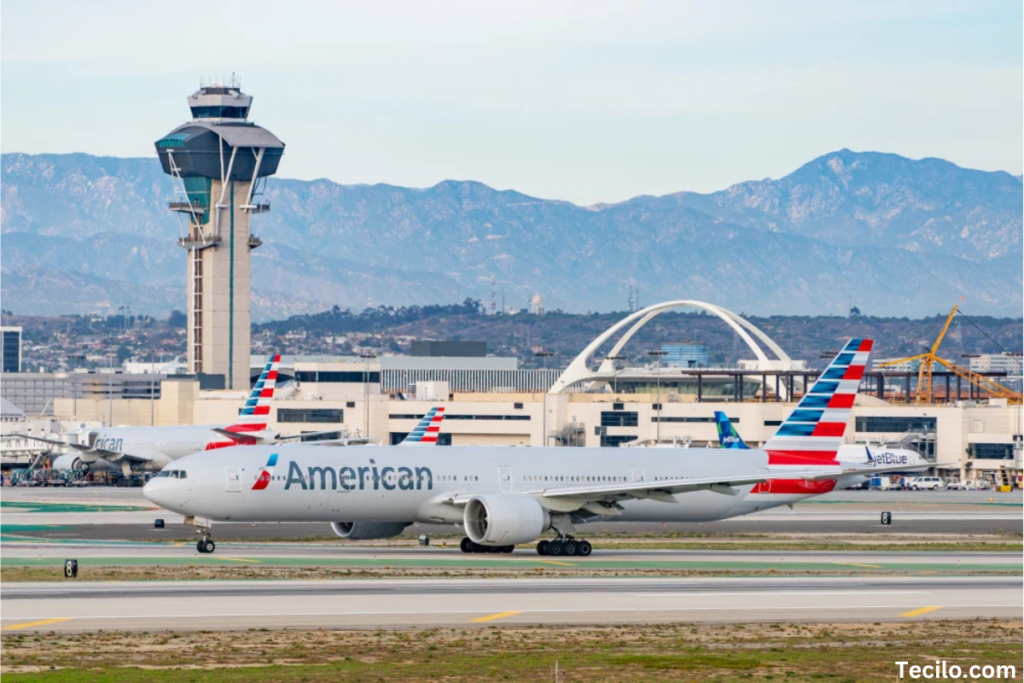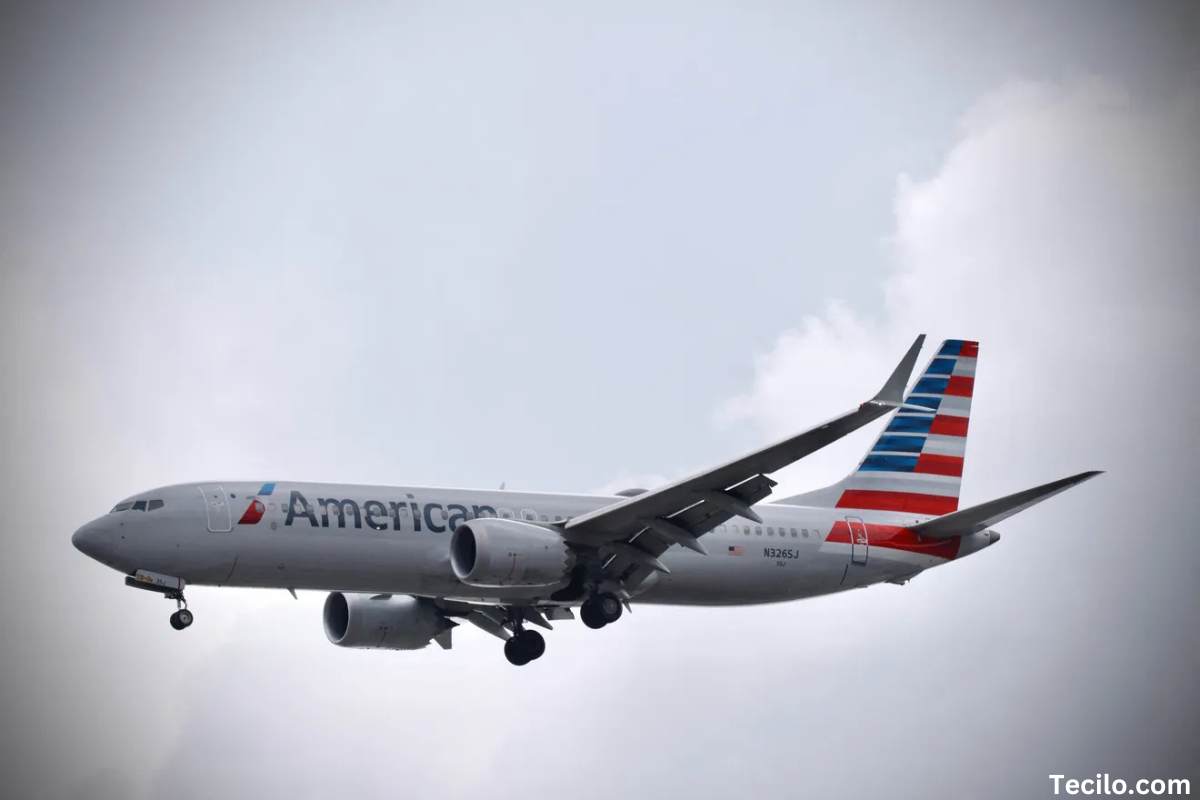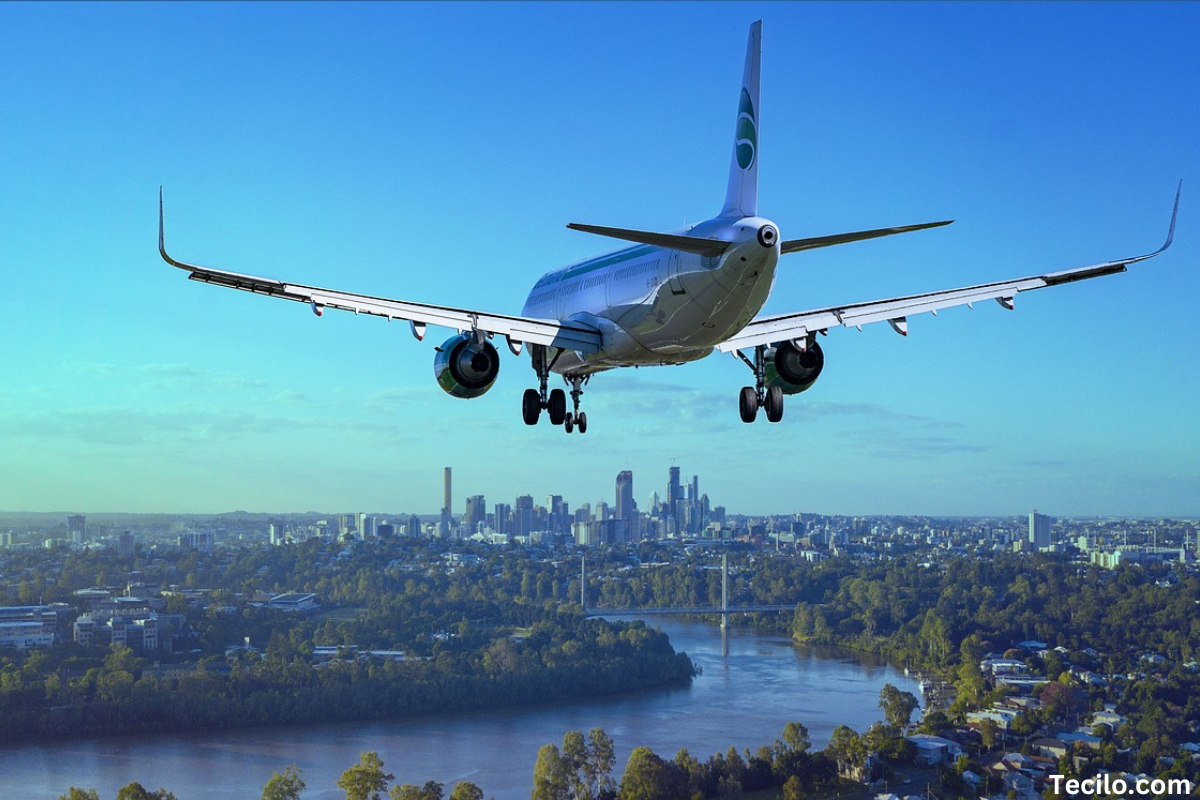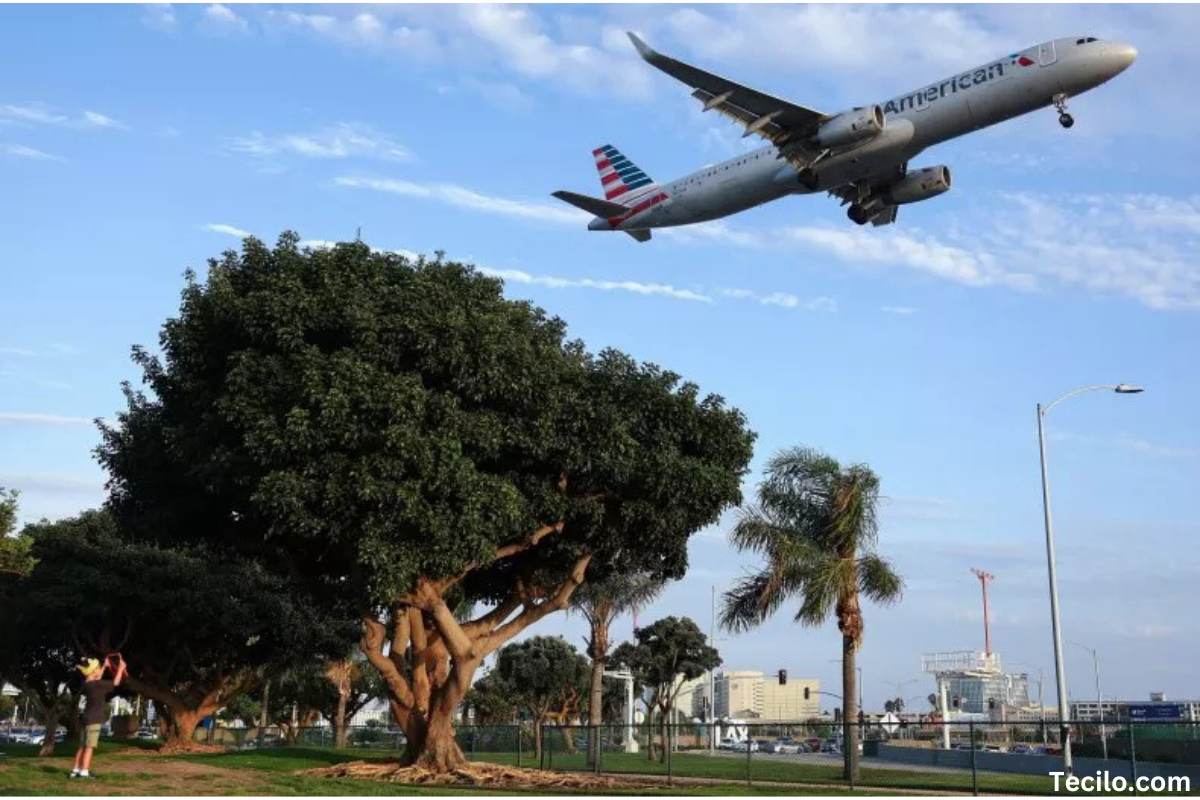
American Airlines Emergency Landing can happen to any airline, and when they do, quick and efficient action is crucial. American Airlines Emergency Landing, one of the largest carriers in the world, has had its fair share of emergency landing scenarios. While such incidents can be alarming, airlines are equipped with thorough protocols to ensure the safety of everyone on board. In this article, we’ll explore the causes, procedures, and passenger experiences associated with American Airlines’ emergency landings, offering insight into how these situations are managed.
What Is an Emergency Landing?
An American Airlines emergency landing occurs when a pilot is forced to land the plane due to an unforeseen situation that makes it unsafe to continue flying. These landings can be categorized into two types: precautionary landings, where there is a potential risk, and forced landings, where the aircraft must land due to an imminent threat or malfunction.
The Federal Aviation Administration (FAA) has strict regulations concerning emergency landings to ensure that airlines follow a set of safety guidelines that minimize risk to passengers and crew. This ensures that even in high-stress situations, there is an orderly and safe response.
Causes of Emergency Landings
Several factors can lead to an emergency landing. Among the most common causes are:
- Mechanical Failure: Issues with the engine, landing gear, or other critical aircraft components.
- Medical Emergencies: Sudden illnesses or health complications among passengers or crew.
- Weather-Related Issues: Severe turbulence, thunderstorms, or low visibility.
- Security Threats: Threats to the safety of passengers or disruptive behavior from individuals on board.
American Airlines’ Emergency Landing Protocols
American Airlines Emergency Landing has well-defined protocols for emergency landings. Once a potential issue is identified, the pilot communicates with air traffic control to determine the best course of action, including the nearest suitable airport for landing. Meanwhile, flight attendants ensure passengers are prepared by reviewing safety procedures, such as bracing for impact or securing oxygen masks if needed.
The airline prioritizes calm and clear communication, ensuring that passengers understand what is happening without causing unnecessary panic.
Recent Cases of American Airlines Emergency Landings
In recent years, American Airlines has had several high-profile emergency landings. For instance, in 2023, an AA flight from Miami to New York had to make an American Airlines emergency landing due to engine failure. Another incident involved a medical emergency where a passenger needed urgent medical attention, leading to a diversion of the flight to the nearest airport. Each of these incidents was handled swiftly, with the crew prioritizing the safety and well-being of everyone on board.
Mechanical Failure as a Leading Cause
Mechanical failure is one of the most frequent causes of emergency landings. This could range from engine problems to electrical malfunctions. Pilots are trained to troubleshoot such issues, but if the problem poses a risk to the flight, they must land as soon as possible. For example, engine failure can result in a forced landing, where the plane needs to descend immediately.
Medical Emergencies and Their Impact
Medical emergencies can also force an emergency landing, especially when the health of a passenger or crew member is at risk. American Airlines Emergency Landing ensures that flight attendants are trained in basic first aid, and they rely on medical professionals on board if available. The airline will reroute the flight to the nearest airport to ensure that the individual receives prompt medical care.
Weather-Related Emergency Landings
Weather conditions are another factor that can lead to an emergency landing. Storms, turbulence, or windshear can make flying dangerous. In such cases, pilots might opt to land earlier than planned to avoid flying through treacherous conditions. American Airlines Emergency Landing pilots are trained to make quick decisions when weather patterns change unexpectedly.

Security Threats and Emergency Landings
Instances of security threats or unruly passengers can also prompt an American Airlines emergency landing. For example, if a passenger becomes disruptive or poses a potential danger to others, the crew must act decisively to ensure everyone’s safety. In some cases, planes have been diverted due to bomb threats or concerns over suspicious behavior.
Passenger Experiences During Emergency Landings
Passengers who have experienced emergency landings describe a range of emotions—from fear to relief. While the initial announcement of an American Airlines emergency landing can be frightening, most passengers report feeling reassured by the calm and professional demeanor of the crew. Personal accounts emphasize the importance of following instructions during such events.
What Happens After an Emergency Landing?
After an American Airlines emergency landing, the crew ensures that passengers deplane safely. Authorities, including the FAA, may conduct an investigation to determine what caused the emergency. In cases of mechanical failure, the aircraft will undergo a thorough inspection before being cleared for future flights. Passengers may be rebooked on alternative flights, and accommodations may be provided depending on the situation.
Safety Measures in Place to Prevent Emergency Landings
American Airlines Emergency Landing prioritizes passenger safety with routine maintenance checks on all aircraft. Additionally, the airline employs a team of highly trained technicians who ensure that the planes meet stringent safety standards before every flight. These measures significantly reduce the risk of emergency landings.
Training for Crew Members
Crew members undergo extensive training that includes emergency landing drills. These exercises are designed to prepare the crew for a wide variety of scenarios. Flight attendants are also trained to handle passenger anxiety during emergencies, ensuring that everyone remains calm and follows instructions.
How Passengers Can Stay Calm During an Emergency Landing
If you ever find yourself in an emergency landing situation, it’s crucial to remain calm. Trust the crew’s instructions—they are trained professionals who know how to handle the situation. Breathing exercises and focusing on the positive outcome (the landing) can help manage anxiety. Remember, the crew is doing everything possible to keep you safe.
Conclusion
Emergency landings, while rare, are part of the reality of air travel. American Airlines, like all major carriers, has protocols in place to manage such events efficiently and safely. By understanding the causes and procedures surrounding emergency landings, passengers can feel more confident that airlines prioritize their safety above all else.

FAQs
- How often do emergency landings occur? Emergency landings are rare, occurring in less than 1% of all flights worldwide.
- What should I do if I experience an emergency landing? Remain composed, do as the crew tells you, and get ready for the landing.
- Are emergency landings dangerous? While they can be stressful, emergency landings are designed to ensure the safety of everyone on board.
- What happens to the plane after an emergency landing? The plane undergoes a thorough inspection to identify and address any issues before it is cleared to fly again.
- Does American Airlines offer compensation for emergency landings? Compensation depends on the specific circumstances, but airlines typically rebook passengers and may offer accommodations if needed







